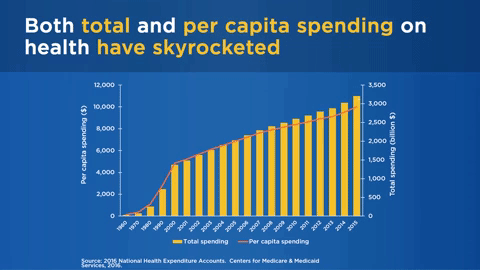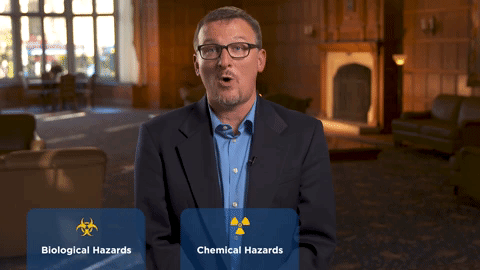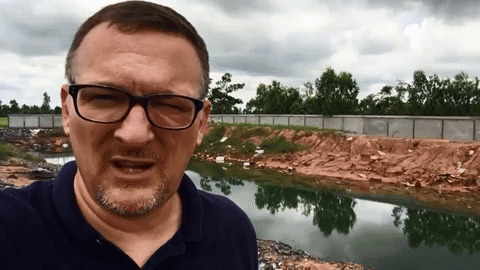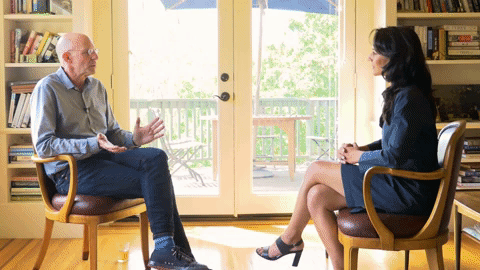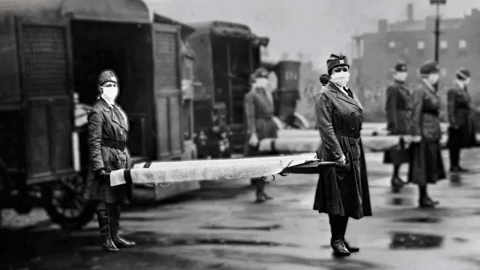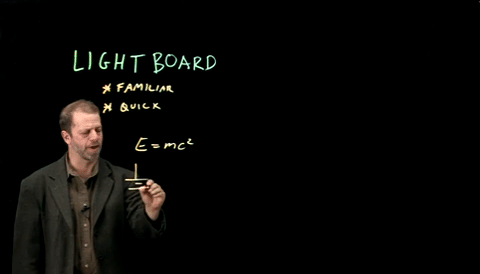Educational Video Examples
There are many different styles of videos you can create for teaching and learning. Each has its own strengths and drawbacks. Here are a handful of examples to spark your thinking, but don't be limited by these. You can mix and match these formats or invent something else that fits the idea you are trying to convey.
Lecture with Slides
Example: The US Healthcare Delivery System
These videos use the familiar teaching method of pairing slides and lecture to explain a topic. They involve planning the lecture, script, and creating a visually interesting slides that communicate information effectively. In addition to static slides and voiceover, it is possible to include digital ink to make the video more dynamic.
Talking Head
Example: Introduction to Environmental Health
Talking head videos involve a person talking on camera. They can include graphics and animations and cut to slides or images to break up the action or visually illustrate a point. These videos take longer to produce and are best used if you want a more intimate, physical presence of the person talking. They can be especially useful for introductions and showing physical locations related to the topic you are discussing (example: filming in a factory while discussing industrial hygiene).
On Location Lecture
Example: E-waste and Environmental Health
On location lectures can be especially helpful to give the audience a feel for a physical location that you are discussing (e.g. electronic waste recycling in Thailand). These types of videos can make topics come alive in ways that just talking about them or showing images cannot. Depending on the location it is important to pay attention to where you are recording. The background needs to be illustrative and relevant to your points and you want to make sure that there are not too many distractions or loud noises that would interfere with the recording.
Interview
Example: Why Are Highly Processed Foods Generally Less Healthy?
Interviews involve one or more people answering questions on camera. This could be with used with the "person on the street" format. These can be useful for bringing in outside perspectives or expert voices into the learning environment. They involve planning, preparation and good questions to make sure that the interviewee addresses the topic sufficiently.
Documentary
Example: A Brief History of Public Health
This type of video can mix various video styles mentioned above as well as voiceover and still images to tell a story about a particular topic or idea. This method allows for significant creativity and can treat the subject in an engaging, in-depth way. These videos can take a significant amount of time to plan, develop, edit, and produce.
Drawing a Concept or Diagram
Example: Circular flow of income and expenditures
These types of videos involve visually sketching out a concept using images, symbols, shapes, and text. They are useful for breaking down complex ideas, explaining them piece by piece, and visually illustrating a point. These videos are fairly quick to create but involve planning and practice ahead of time.
Demonstration
Example: Martrix Algebra Review
Using screencapture technology it is easy to demonstrate things like math problems, equations, or the use of software. These types of videos can be especially useful to give examples of working through problems or explaining how to properly use a computer application. For physical or laboratory experiments it is also possible to use cameras to demonstrate a process or event.
Lightboard Video
Example: Northwestern "Lightboard"
Lightboard videos are a way to both do boardwork and be talking directly to your audience at the same time. These types of videos can be a very visually interesting way to explain a concept using writing, drawing, and symbols while still being able to see the instructor. These videos can be time consuming so should be used sparingly. Academic Innovation has a lightboard in their studios.

